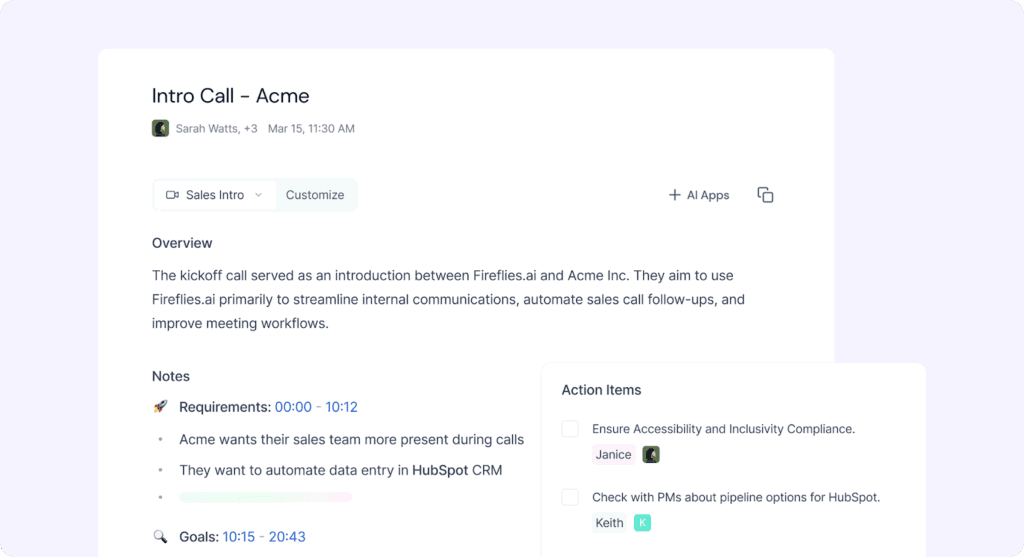
In 2025, AI adoption is headline news. From startup breakthroughs to big enterprise rollouts, it seems like every business is racing to adopt the “next big thing.” But for UK small and medium-sized enterprises (SMEs), the reality is more nuanced.
According to the British Chambers of Commerce, just 35 % of SMEs currently use AI — and many of those admit they’re scratching the surface of its potential.
For the majority, constrained budgets, tight staffing, and limited tech expertise make it hard to separate the hype from what actually works. That’s why a more measured, strategic approach is essential — one that targets real outcomes, minimises risk, and scales over time.
In this guide, we’ll walk you through where AI can add value in an SME, what to watch out for, and how to get started smartly — without overcommitting or losing control.
Where AI delivers the biggest wins for SMEs
AI delivers the most value to SMEs when it’s applied to everyday operational challenges rather than experimental projects. The sweet spot is reducing repetitive admin, improving service quality, and making better use of data you already have. Three areas stand out:
1. Customer service
AI-powered assistants such as Tidio or Freshdesk can manage routine client questions, appointment bookings, or simple policy queries. This ensures clients get rapid responses while staff focus on more complex, high-value work. Even a lightweight chatbot connected to your website can improve service without adding to payroll.
2. Productivity boosts
Admin is often where SMEs lose the most time. Tools like Otter.ai and Fireflies can transcribe meetings and generate action points automatically, while scheduling assistants such as Clara or Motion take care of diary management. For an HR consultancy or accountancy practice, this means less manual note-taking and more time spent advising clients.

3. Marketing insight
AI analytics platforms like HubSpot’s AI tools or Zoho Analytics can highlight trends in client behaviour that might otherwise go unnoticed. A recruitment agency could spot which job boards deliver the highest conversions, while a law firm could track which enquiry types are most profitable. These insights allow SMEs to sharpen marketing spend and target the right opportunities.

For SMEs, the most effective AI projects are those that target a specific, recurring operational pain point. By combining the right tool with a clear business case, even small improvements in efficiency or customer experience can deliver outsized returns.
The hidden risks SMEs can’t afford to ignore
AI isn’t risk-free, and SMEs can’t afford to get caught out by hidden downsides. The biggest pitfalls usually fall into four categories — with some carrying heavier consequences than others.
1. Data privacy and compliance
Many AI tools process sensitive business or customer information. Without proper safeguards, SMEs could face GDPR violations, fines, or reputational damage. It’s not enough to check a tool’s features — you need to confirm how data is stored, whether it leaves the UK/EU, and what security certifications the vendor holds.
2. Over-spending on low-ROI tools
I’m sure you’ve seen the spiel… It’s easy for SMEs to be drawn into subscriptions costing hundreds of pounds a month, only to find the promised “transformation” never materialises. A simple ROI check (weighing potential savings against costs) should be mandatory before any commitment.
3. Poor integration with existing systems
Even a powerful AI tool becomes a burden if it doesn’t work with your CRM, finance package, or communication tools. Integration gaps often lead to more manual work, not less. Testing compatibility up front can prevent expensive mistakes later.
4. Staff resistance
New technology can trigger pushback. If employees don’t understand or trust an AI tool, they’re unlikely to use it properly. That slows down adoption and undermines value. Involving staff early in the process and providing training helps reduce this risk.
For SMEs, the biggest risks usually come from moving too fast or buying into hype without due diligence. By keeping compliance, cost, and integration at the front of your evaluation process, you can avoid expensive missteps and set a solid foundation for adoption.
Need a clear path through the risks?
At Operum Tech, we’ve seen how easy it is for SMEs to overspend, fall foul of compliance, or struggle with integration. That’s why we help clients cut through the hype and design AI projects that are secure, practical, and built for long-term value.
Get in touch today to start building your roadmap with confidence.
How SMEs can adopt AI with confidence
The smartest way for SMEs to bring in AI is through controlled, small-scale experiments. Large, all-at-once deployments often overwhelm budgets and teams, while pilots keep risks low and lessons manageable. A step-by-step approach works best:
1. Choose one pilot use case
Start small by picking a single process where AI could clearly save time or improve service — for instance, automating meeting notes or handling routine client queries. Pilots work best in areas where the benefits are obvious and easy to measure. Resist the temptation to test too many things at once, because scattered efforts make it harder to build a business case for wider adoption.
2. Define KPIs before rollout
Clear goals are the difference between “interesting experiment” and “business impact.” KPIs might include reducing call response times, cutting manual admin hours, or improving client satisfaction scores. What matters most is agreeing them upfront so you can measure whether the pilot is genuinely delivering value. Without that discipline, it’s too easy for AI projects to drift.
3. Train staff early
Technology only works if people use it. Training helps build confidence and removes the perception that AI is “taking over” jobs. It also surfaces practical questions early, before they turn into barriers. Think of it as investing in adoption, not just the software.
4. Build feedback loops
Even the most carefully chosen tool won’t get everything right on day one. Encourage staff and customers to give feedback and act on it quickly. This shows people their input matters, and it helps you fine-tune processes so the tool keeps adding value rather than becoming another unused app in the stack.
Each successful pilot becomes proof that your business can adopt AI in a way that’s safe, measurable, and scalable. Over time, that creates a culture of smart experimentation, where new technology strengthens the business rather than disrupting it.
Common AI mistakes that hold SMEs back
Not every AI tool or trend will be right for your business. In our work with SMEs, we see a few common mistakes that hold companies back:
- Jumping on hype tools: Just because a tool is making headlines doesn’t mean it fits your needs. Always test against your business goals.
- Ignoring governance and security: Strong policies around data use, access, and compliance are non-negotiable. Skipping this step exposes businesses to risks that can undo the very efficiencies AI was meant to create.
- Skipping integration checks: A tool that doesn’t fit smoothly with your existing systems will create more admin, not less. Integration should be part of the evaluation process from day one.
Avoiding these traps isn’t just risk management; it’s what keeps SMEs competitive as AI becomes standard practice.
AI without the hype
AI adoption can be transformative, but only when it’s careful, strategic, and grounded in business needs. For SMEs, the difference between hype and real value often comes down to planning, integration, and trust in the process.
At Operum Tech, we help small and medium-sized businesses turn AI from a buzzword into a practical tool — building secure, cost-effective roadmaps that fit their goals. If you’re ready to explore AI without the hidden risks, get in touch with us today.



